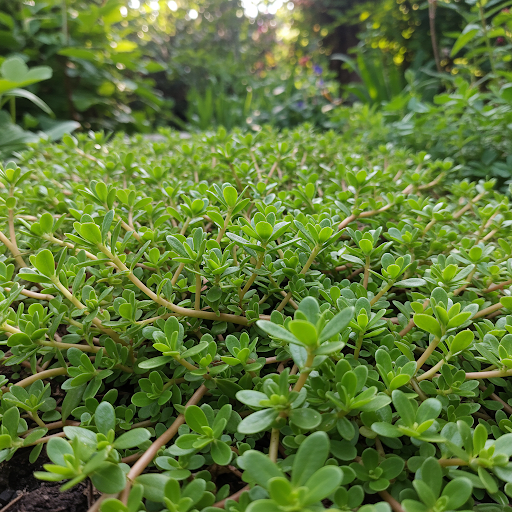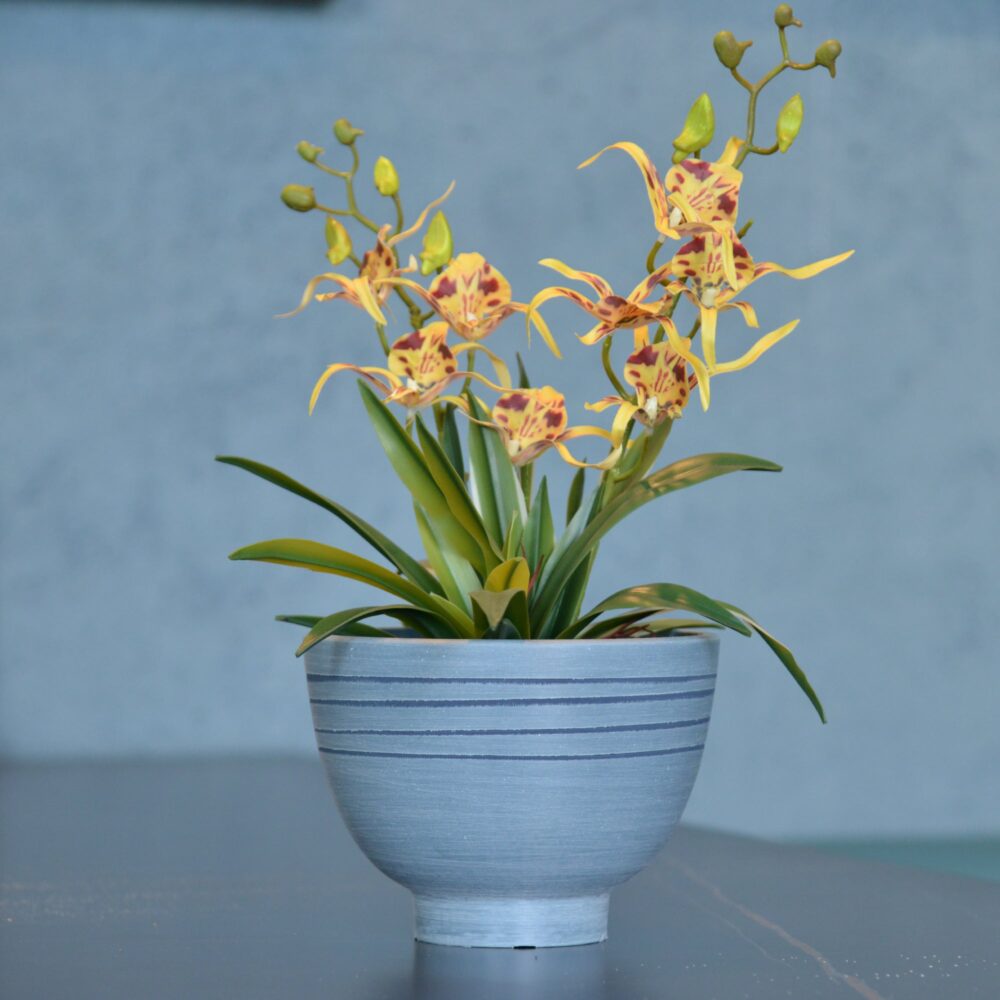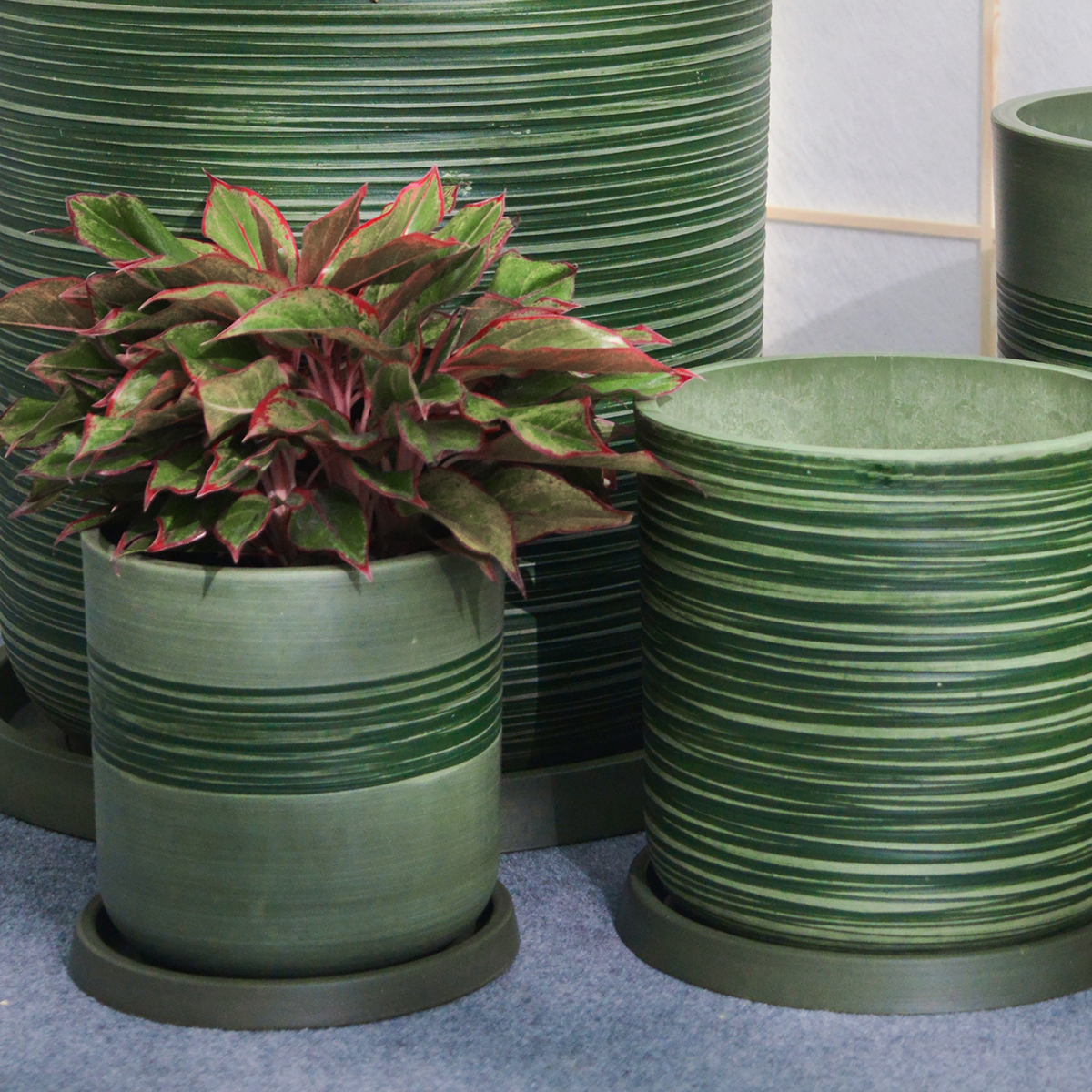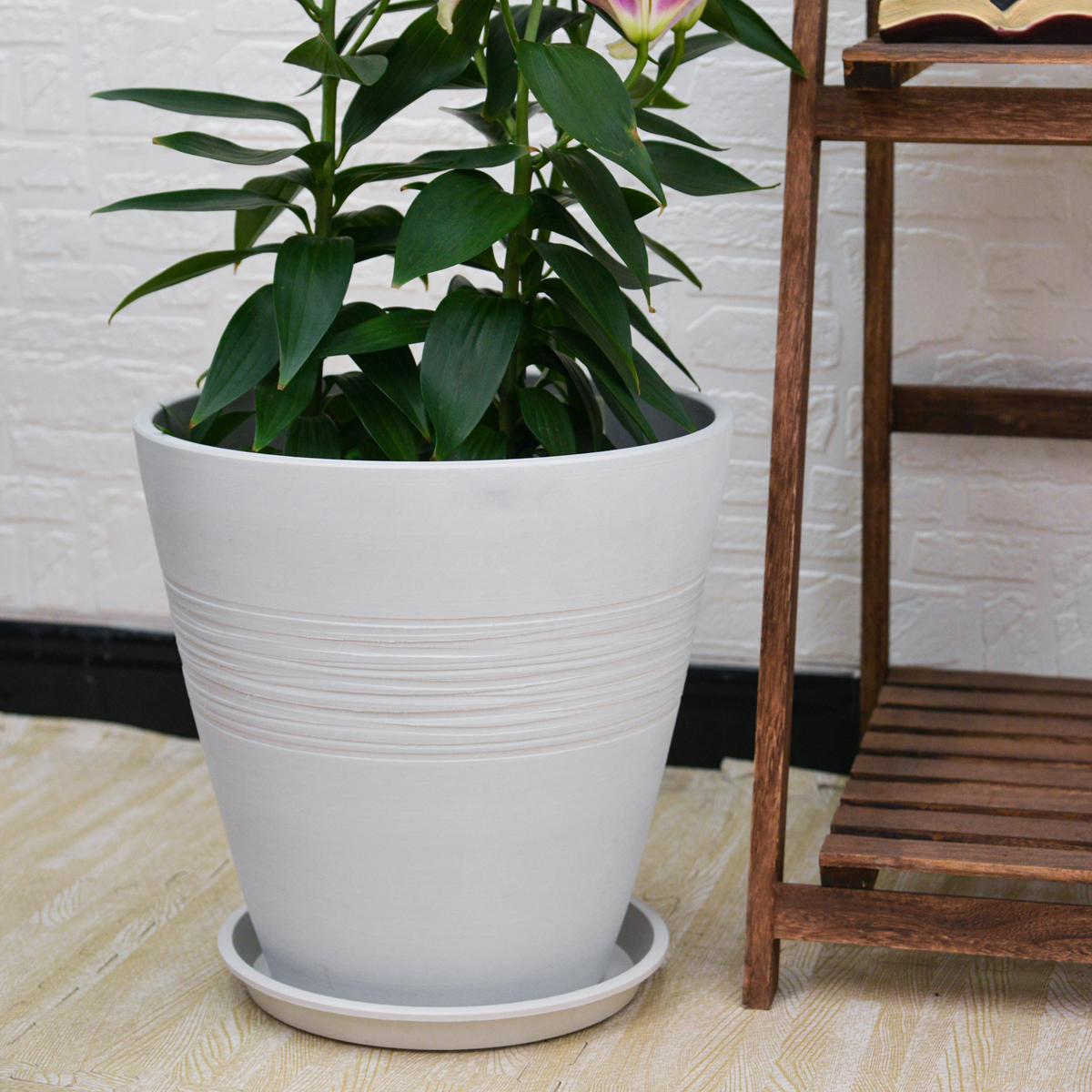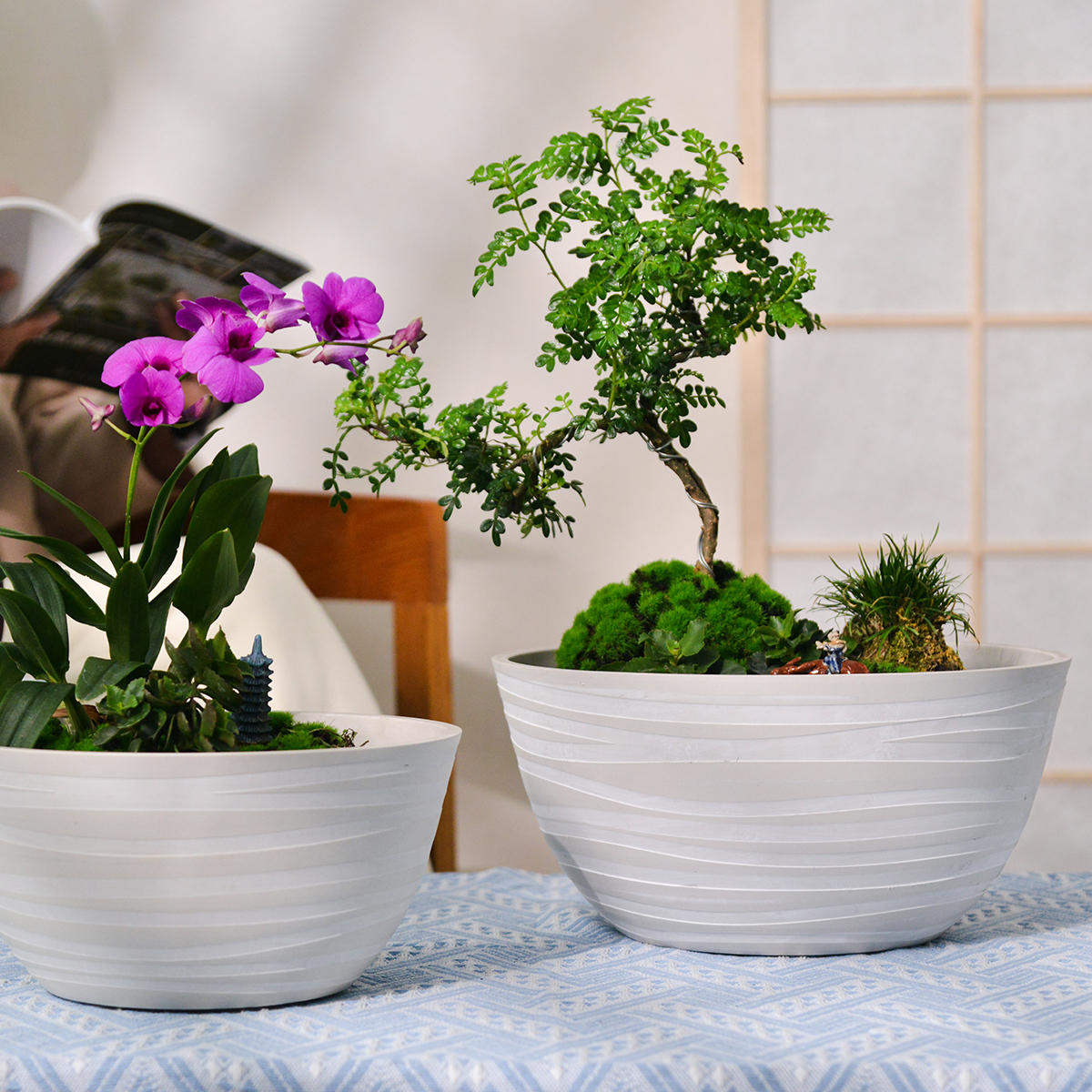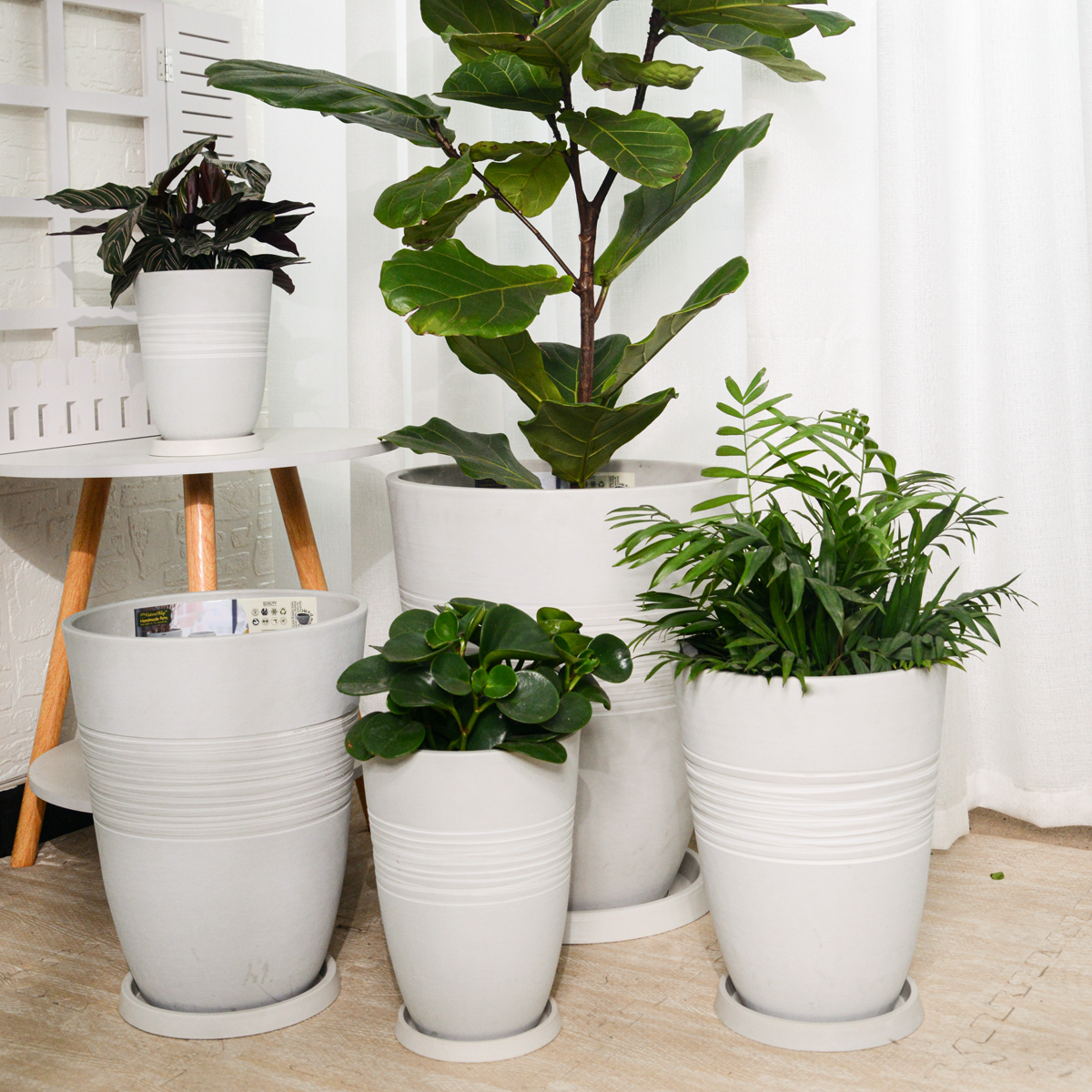What Are Some Common Aliases for Purslane? What Are Their Origins?
Purslane (Portulaca oleracea) is a common succulent plant that many gardeners encounter, sometimes as a welcome edible, and other times as a persistent weed. This unassuming plant goes by a variety of common names, reflecting its global distribution and various characteristics. Here are some of the most frequent aliases you might hear for purslane, along with possible explanations for their origins:
Common Aliases for Purslane and Their Origins:
- Pigweed: This is perhaps one of the most common alternative names for purslane. The origin of this name is quite straightforward: pigs readily consume purslane and seem to enjoy eating it. So, in areas where purslane grows wild or in gardens, it’s often recognized as a food source for swine.
- Little Hogweed/Hogweed: Similar to “pigweed,” the term “hogweed” also relates to purslane being a food source for hogs. The addition of “little” likely distinguishes it from other plants that are also known as hogweed, which can sometimes be larger and belong to different plant families.
- Pusley/Pussly: These names are likely variations or diminutives of “purslane” itself. They might have arisen through informal usage, regional dialects, or simply as shortened, easier-to-say versions of the plant’s more formal common name. These terms are often used interchangeably with purslane.
- Garden Purslane: This name serves to differentiate common purslane from other plants that might be referred to as “purslane” or belong to the Portulaca genus, such as ornamental varieties like moss rose (Portulaca grandiflora). Calling it “garden purslane” emphasizes its frequent occurrence in garden settings, whether intentionally cultivated or as an uninvited guest.
- Wild Portulaca: Similar to “garden purslane,” “wild portulaca” highlights the plant’s ability to grow spontaneously in various environments, often without cultivation. It also distinguishes it from cultivated portulaca varieties that are primarily grown for their flowers.

It’s interesting to note that in other languages, purslane has its own set of names that often reflect its culinary use or appearance. For example, in France, it’s called “pourpier,” and in Mexico, it’s known as “verdolaga.”
These various common names for purslane illustrate the plant’s long history of interaction with humans and its recognition in different cultures and regions. Whether you call it purslane, pigweed, or pusley, this plant offers nutritional benefits and has found its place in both gardens and kitchens around the world.
8 inch/10 inch Planter Indoor Plants, 2 Pack Modern Decorative Plant Pots with Drainage Hole, Cute Bowl Shape Flower Pots
By greenship-seo|2025-04-10T08:03:42+00:00January 9, 2025|Categories: Hand-carving Series|Tags: Decorative Flower Pots, Self-Watering Pots|
KC2-21G
By greenship|2024-08-13T06:19:08+00:00August 13, 2024|Categories: Hand-carving Series|
KC2-GS
By greenship|2024-08-16T06:30:21+00:00August 16, 2024|Categories: Hand-carving Series|
20VD
By greenship|2024-08-13T06:43:41+00:00August 13, 2024|Categories: Hand-carving Series|
KC2-11VH
By greenship|2024-08-16T06:19:28+00:00August 16, 2024|Categories: Hand-carving Series|
Planter 5 in W / 8 in W / 12 in W or Indoor Outdoor Plants, Modern Decorative Plant Pots with Drainage Hole, Decorative Flower Pots
By greenship-seo|2025-04-10T06:37:58+00:00January 16, 2025|Categories: Hand-carving Series|Tags: Decorative Flower Pots|

